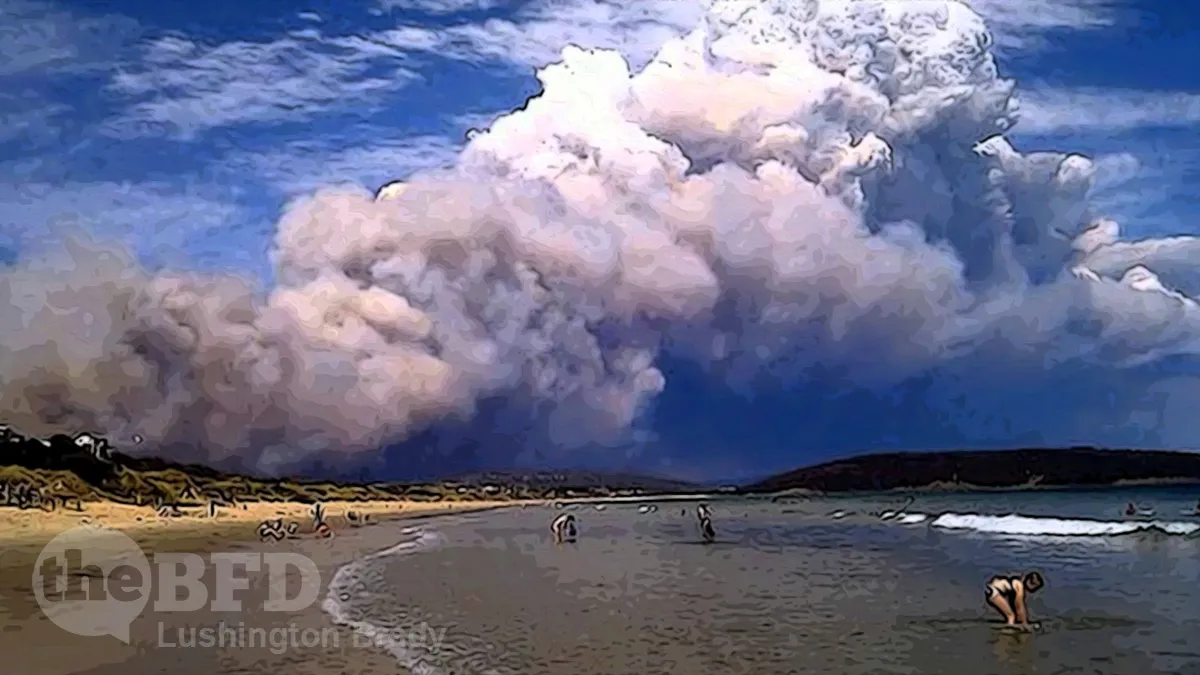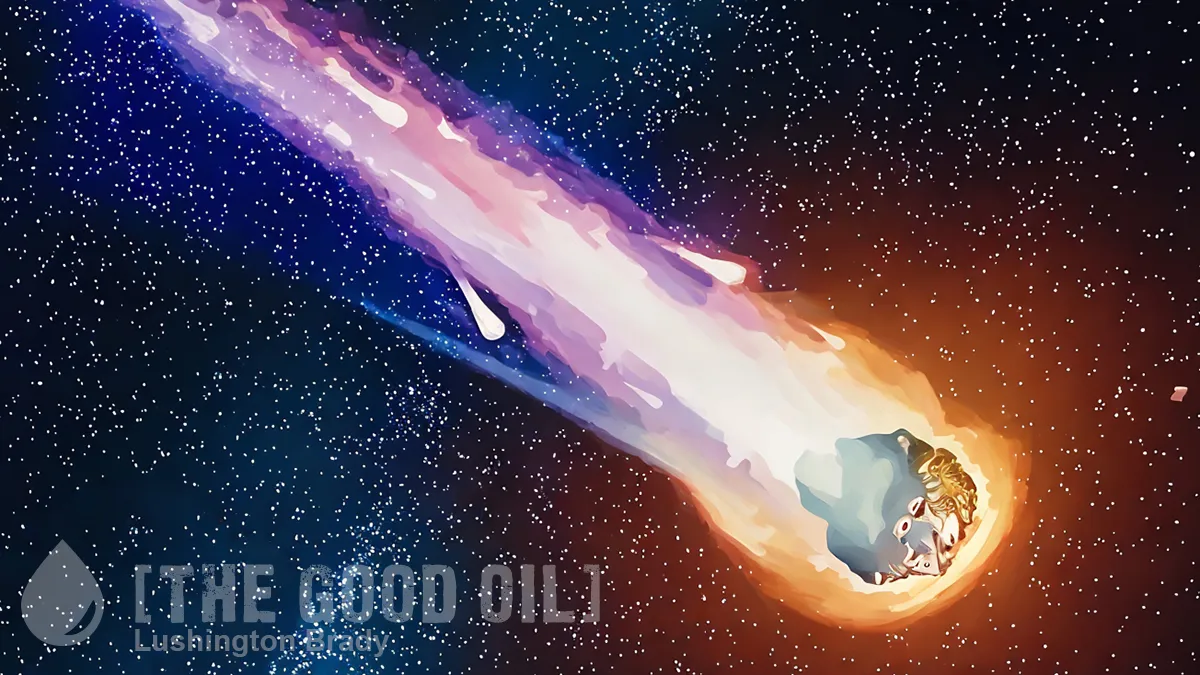The late Douglas Adams might well have been thinking of the mainstream media when he described sheep: “they were creatures who learned very little on their journey through life and would be startled to see the sun rising in the morning”. Your average Australian journalist has, in their less-than-30 years of the planet, spent nearly the entire journey being cosseted in one left-wing echo chamber after another, while all snug and comfortable in inner Melbourne and Sydney (some of the most urbanised environments in the world).
So, when, inevitably, we get a hot summer in Australia, accompanied, equally inevitably, by bushfires, they are startled out of their wits. When, as has happened every few decades (and thus for a millennial journalist for the first time ever) since Captain Cook recorded near-continuous pall of smoke over the Australian eastern seaboard and Furneaux named the Bay of Fires for literal reasons, a big inferno erupts, they are terrified stupid.
Well, even more stupid than they were.
Because the one thing these ardent environmentalists know next to nothing about is the actual environment. As far as they’re concerned, the environment is something you fly over, or what David Attenborough talks about on the telly.
So, little things, such as that south-eastern Australia is one of the most fire-prone environments in the world, are a complete mystery to them. As for Tasmania, our unique environment might was well be remotest Tierra del Fuego to these clueless children.
Because, contrary to the deranged screeching when the last big fires hit Tasmania in 2016, the island has a long history of such events.
Tasmania’s climate, geography, topography and biology paint a unique picture of fire danger and fire susceptibility between east and west, north and south.
The state has a long history of devastating fires, with very few places untouched by fire damage at one time or another, and the risk has increased in recent decades.
Ignoring the ABC’s ubiquitous climate alarmism, the fact is that Tasmania is highly disposed to fire for a number of reasons.
Typically, and largely due to the topography of the island and its location in the “roaring forties” – the belt of westerly winds that circles the globe – western Tasmania gets five times the annual rainfall of the east.
This has a huge influence on vegetation and therefore fire propensity on either side of the island.
But the climate drivers that influence Australia’s weather affect the east and west of Tasmania in different ways as well.
Tasmania falls into the area of influence of three major climate drivers: the El Niño Southern Oscillation (ENSO), the Southern Annular Mode (SAM) and the Indian Ocean Dipole.
The west of Tasmania is less influenced by ENSO and more affected by the SAM, in an opposite sense to much of the eastern seaboard of Australia.
The SAM describes the north-south shift of rain-bearing westerly winds and weather systems in the Southern Ocean, from their normal position.
Essentially a shift in the SAM usually means drier conditions in western Tasmania (where it normally rains 350 days of the year, and drips from the trees on the rest – think Hokitika, but even more like Deliverance), while the eastern mainland gets bucketed. When that happens, lightning strikes will invariably kindle fires. In 2016, a massive electrical storm sparked dozens of fires that burned for weeks. (Despite the ‘ecocide’ deranged hooting of the media, some of the worst affected areas are already well recovered.)
The iconic buttongrass plains so common on the Central Plateau that makes up the bulk of Tasmania are also a pyromaniac’s dream.
Adding to this complex picture, some of the vegetation and general biology in Tasmania is also unusual such as the incredibly flammable buttongrass moorland that covers about a tenth of the state.
While extremely flammable, it also doesn’t take much rainfall to cause that flammability to drop simply because of its structure – a little bit of rain will fall directly on the exposed fronds and prevent them burning.
As soon as that rain has dried from the fronds themselves, though, the buttongrass can burn even if the ground is still covered in centimetres of water.
ABC Australia
So, the next time you read some hysterical media coverage of ‘unprecedented’ bushfires in Tasmania, just remember that the media are clueless sheep.









